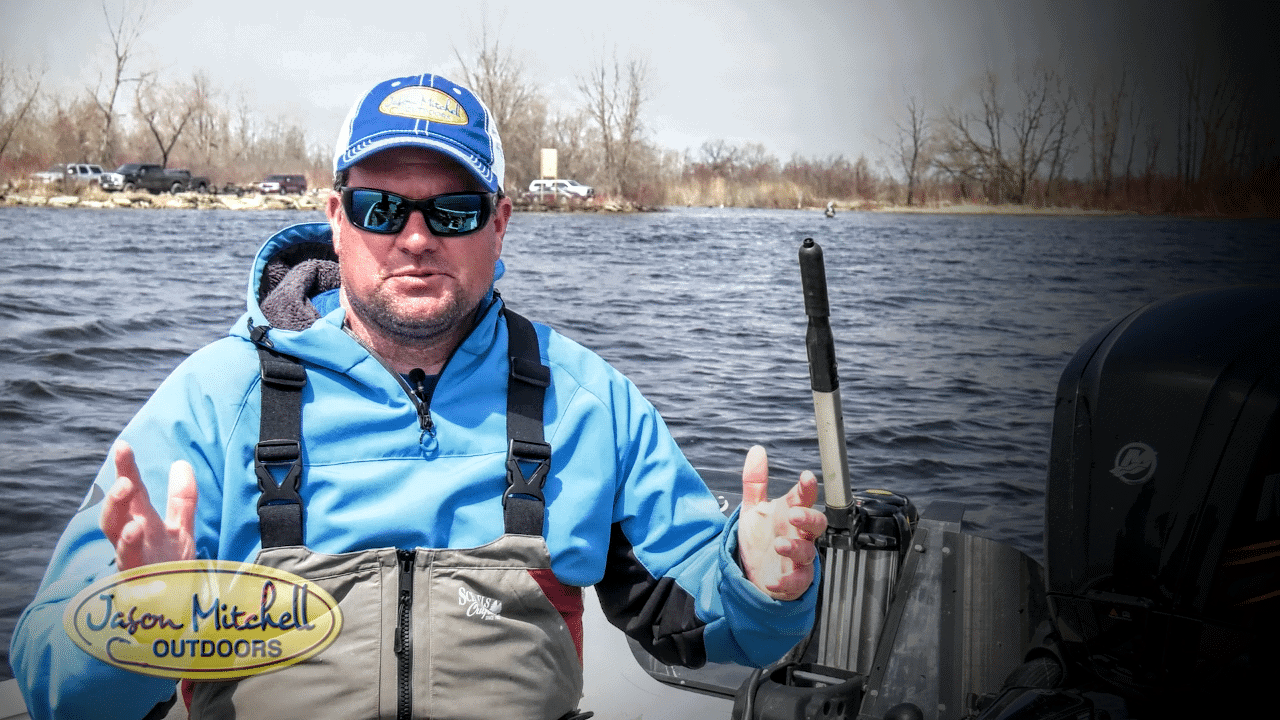Jason Mitchell explains how he uses side scanning technology to find walleye hotspots in river fishing situations.
Introduction
When it comes to fishing in rivers, having the right tools can make all the difference. One invaluable tool for river fishing is side scanning technology. In this article, we will explore how side scanning can help you locate fish and read the structure of the river. We will also discuss the benefits of using side imaging technology for river fishing.
Locating Fish with Side Scanning
Side scanning technology allows you to see fish in the water with great clarity. When using side scanning, fish appear as small, bright, and elongated marks, similar to grains of rice. These marks are often accompanied by a shadow next to them. The height of the fish off the bottom can be determined by the distance between the mark and its shadow. This information is crucial for understanding the behavior and location of the fish.
Reading River Structure
In addition to locating fish, side scanning technology helps you read the structure of the river. River structure can include washout holes, log jams, cuts, dips in the sand, and troughs. These features create distinct ripples and patterns in the sand, which can be easily seen with side scanning. By visually identifying these structures, you can determine where fish are likely to be hiding or resting.
For example, a washout hole is a depression in the riverbed caused by the force of the water. These holes often create a deeper area where fish can seek shelter. With side scanning, you can easily spot these washout holes and target them for fishing.
Log jams are another common structure in rivers. They occur when fallen trees or branches create a barrier in the water. Fish often gather around log jams, as they provide cover and create eddies where food can accumulate. Side scanning allows you to identify these log jams and cast your line directly to them.
Cuts are narrow channels that have been eroded by the flow of the river. These cuts can create fast-moving water and deeper pockets where fish like to congregate. By using side scanning, you can locate these cuts and focus your fishing efforts in these productive areas.
Dips in the sand are shallow depressions in the riverbed. These dips can create small pools of calm water where fish can rest. Side scanning technology enables you to spot these dips and target them for fishing.
Visualizing Fish Locations
One of the key advantages of side scanning technology in river fishing is the ability to visualize where fish are likely to be. By observing the structure of the river and the presence of fish marks on the side scanning display, you can mentally map out the areas where fish are likely to lay. This visualization can greatly enhance your fishing strategy and increase your chances of success.
Using Spot Lock for Precise Casting
When fishing in rivers, it is often important to make precise casts to specific spots. Side scanning technology can be used in conjunction with a feature called spot lock, which allows you to anchor your boat in a specific location. By using spot lock, you can position your boat directly over the structure or area where you have identified fish using side scanning. This ensures that you can make accurate and targeted casts to the exact spot where the fish are likely to be.
Conclusion
Side scanning technology is a game-changer for river fishing. It allows you to locate fish with clarity and precision, read the structure of the river, and visualize where fish are likely to be. By using side scanning in combination with features like spot lock, you can significantly improve your fishing strategy and increase your chances of success. So, the next time you’re out on the river, make sure to take advantage of side scanning technology to enhance your fishing experience.










